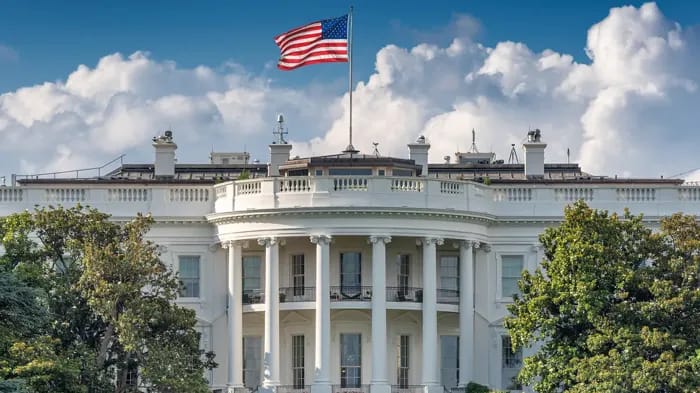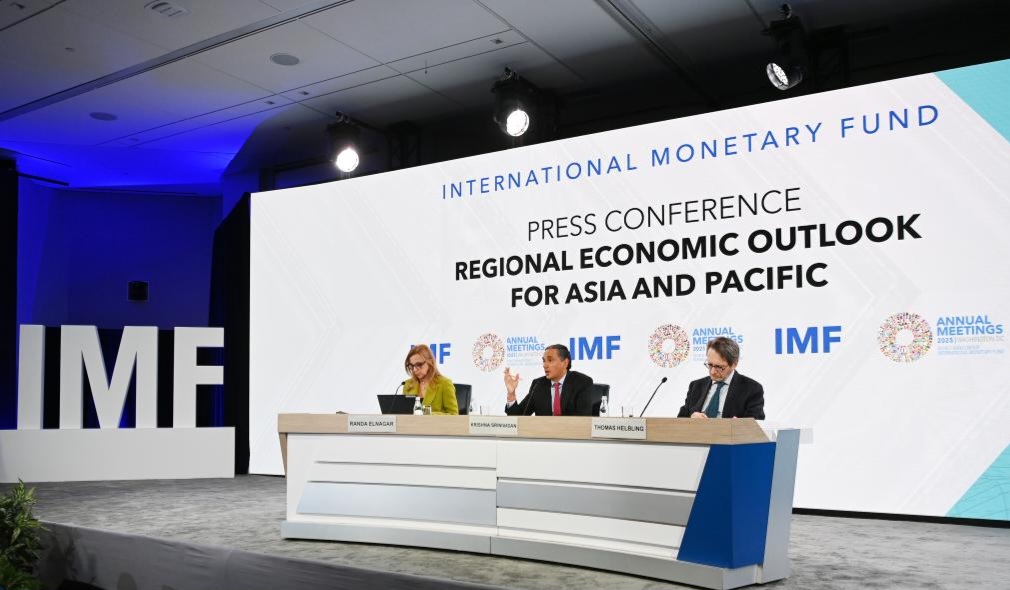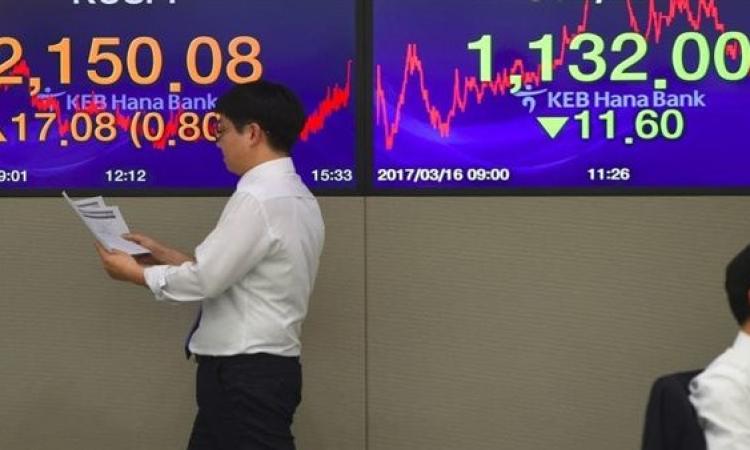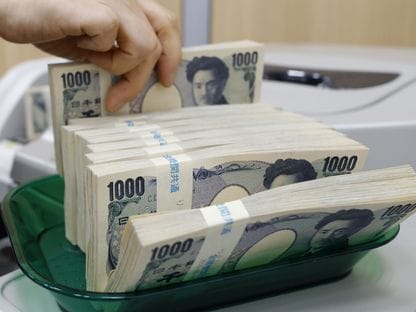Alsharq Tribune-AFP
Faced with downside risks from trade tensions, Asian economies could boost growth by pivoting more toward domestic demand-driven growth and enhancing regional integration, an International Monetary Fund (IMF) official said Thursday.
"This is a region which is highly dependent on external trade. So anytime there are shocks to global trade, it's going to affect Asia that much more," Krishna Srinivasan, director of the IMF's Asia and Pacific Department, said at a press conference.
Responding to a question from Xinhua, the IMF official pointed out that there is always a "silver lining," despite the downside risks stemming from trade uncertainty, debt-related vulnerabilities and other factors.
"Asia has an opportunity to pivot more towards domestic demand-led growth," said Srinivasan, noting that the contribution of domestic demand to growth in the Asia and Pacific region has slowed significantly compared with the pre-pandemic period.
He highlighted the benefits of greater integration within the region: GDP can increase by as much as 1.4 percent over the medium term for all of Asia, and some countries that are more open and linked to global supply chains will benefit a lot more.
According to the IMF's latest forecast, growth in the Asia-Pacific region is projected to slow from 4.5 percent this year to 4.1 percent in 2026.
Despite slower growth, the region will remain the biggest driver of global growth, contributing about 60 percent this year and in 2026, Srinivasan noted, adding that the resilience can be attributed to a front-loading of exports, a tech boom, and accommodative macro policies.








.png?locale=en)











